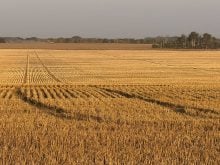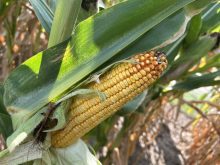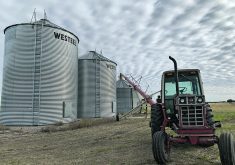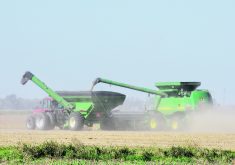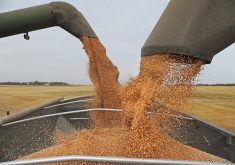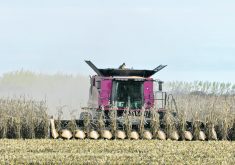Manitoba
Southwest
Rainfall ranged from 25 to 35 millimetres May 18-19. Seeded crops include spring wheat, peas and canola. A lack of weeds is resulting in little to no pre-seed burnoff, and insects are slow to non-existent.
Fall rye is in excellent condition despite the cold winter and in the two to four leaf stage. Winter wheat is at the three leaf stage.
Forage crops are slower than normal but have begun greening. Alfalfa has been delayed by spring frosts.
Cattle are being moved to pasture at some operations because of wet corrals or dwindling feed supplies.
Read Also
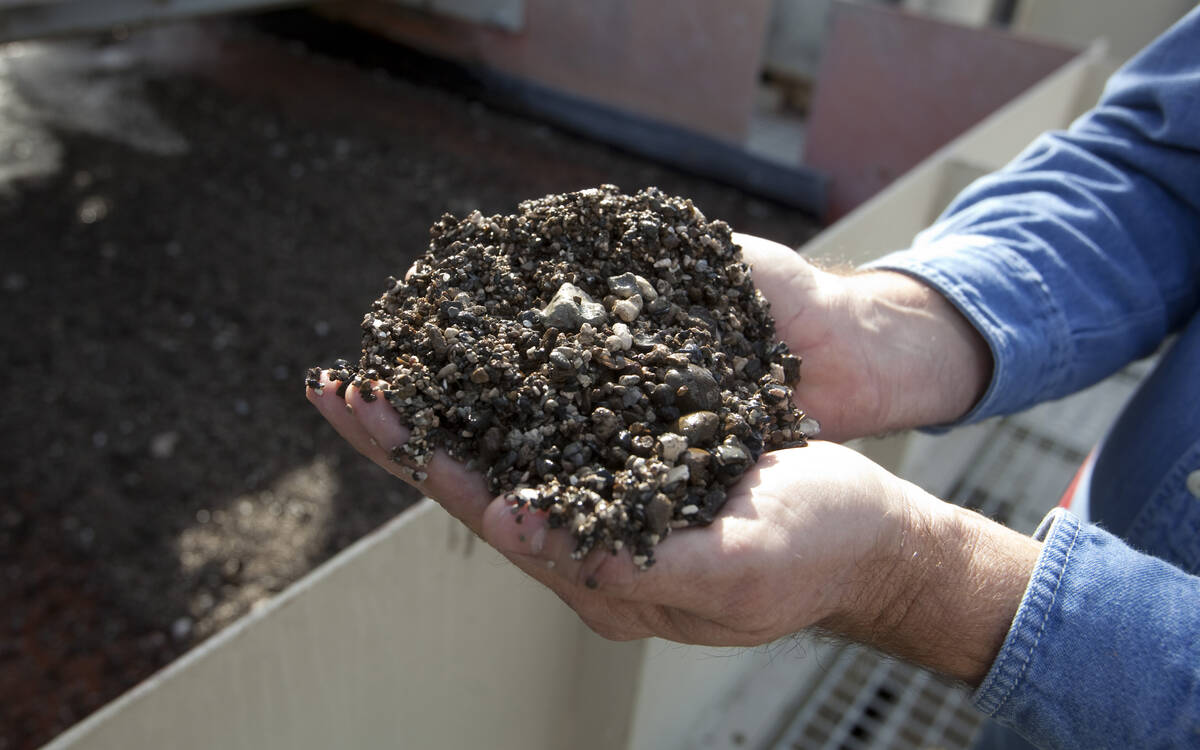
Phosphate prices to remain high
Phosphate prices are expected to remain elevated, according to Mosaic’s president.
Northwest
Rain halted seeding of wheat and canola. The Pas and Dauphin areas report surplus soil moisture. Flea beetles activity has been seen in the Swan Valley area.
Almost half of the wheat acres in the Roblin area have been seeded.
Heat is needed for pastures and hay fields. A hay shortage is resulting in supplemental feeding.
Central
All areas received precipitation May 18-19 amounting to 10 to 15 mm, bringing soil moisture surplus levels in most areas.
Good seeding progress has been made despite cooler than normal temperatures and wet soil, including cereals, canola, corn and soybeans.
Minimal burnoff was done, but volunteer plants and weeds are now emerging. Minimal insect activity has been seen other than some wireworm sightings.
Most of the winter wheat damaged by winterkill has been reseeded to spring wheat with some acres reseeded to canola and soybeans. Some areas report winterkill as high as 75 percent.
Most hayland is in excellent condition.
Eastern
Cumulative rainfall in the region varied from 15 to 45 mm and soil temperatures range from 3 to 12 C.
Corn, spring cereals, canola and soybeans are being planted. Manure application on spring wheat fields is well underway.
Cool weather and below average soil temperatures are slowing plant growth. Hayland and pasture growth is rated as poor to good with cattle being supplemented.
Interlake
Precipitation ranged from two to 10 mm, and soil temperatures are slowly climbing to average 6 to 10 C.
Seeding is well underway in most areas, including cereals, oilseeds, corn and trace acres of soybeans.
Broadcasting on winter wheat and forage stands is almost done.
Cattle have been put out to pasture despite the poor growth because of lack of feed.
Saskatchewan
It was a busy week for Saskatchewan producers, despite a few days of rainfall. They have seeded almost a quarter of their crop, slightly behind the five year average. The southwest is furthest advanced while the northeast is least advanced.
There is a reported widespread shortage of inoculant, seed treatment and fertilizer in several areas.
South
Cool, wet weather has hampered many seeding efforts, but farmers are now making significant progress. Some are reporting that moisture will soon be needed for emerging crops, which are in good condition. There was some winterkill to cereal crops.
The Moosomin area led the region for the week with 40 mm of rain.
Topsoil, hayland and pastureland moisture conditions are all good with 60 to 80 percent rated as adequate.
Almost half the lentils have been planted, followed by field peas, canola, durum, spring wheat, soybeans, mustard, barley, flax, canaryseed and oats.
Some areas report nitrogen and phosphorus fertilizer shortages.
Central
Rain May 17-18 was welcome but caused seeding delays. Progress is generally good with about one-quarter of the fields seeded.
The Bulyea area led the region with 34 mm of precipitation.
Topsoil, hayland and pastureland moisture conditions are all rated as good to excellent.
Early seeded crops are emerging, but there are reports of winterkill to winter cereals.
Shortages continue in some areas for inputs such as inoculants, seed treatments and nitrogen fertilizers.
North
Wet continues to hamper field work and delay seeding, which is well below the five year average.
The Rapid View area received the most rainfall, reporting 48 mm. The Hafford area has received 158 mm of rain since April 1, which leads the region for the greatest amount of precipitation.
Soil moisture on more than three quarters of cropland is satisfactory. Hayland and pasture topsoil moisture is more than 90 percent adequate.
Weed growth is slow and spotty, but herbicide applications are now underway. Many fields may receive post-seeding applications if weeds are not growing soon in the northeast.
Shortages of inoculants, seed treatment and fertilizer are reported in some areas of the northwest.
Pastures are growing slowly, but cattle are beginning to be moved.
ALBERTA
Seeding is almost halfway complete, despite cool weather that included rain, frost and snow.
Although well below the five year average, it’s a big improvement compared to the previous week.
Surface soil moisture is generally in good to excellent condition across the province. Sub-surface is also in good shape.
Pastures are showing good growth in most areas. Most tame hay is also rated as good. Reports of winterkill will result in the reseeding of some fall crops.
South
Seeded acres trail the rest the province with less than half completed. Dry and warm weather is needed to speed up seeding efforts. Surface moisture conditions as well as pastures and tame hay are rated good to excellent.
Central
Less than half of seeding is completed due to cool wet weather. Most pastures are rated in excellent condition, with similar reports for tame hay. Soil moisture is also excellent.
Northeast
Seeding has progressed rapidly over the week. It sits just shy of the halfway mark but is catching up to the five year average of 55 percent. More than half of the soil moisture is rated as good, as are pastures and tame hay.
Northwest
This region’s seeding is more than halfway completed. Half of the region reports good soil moisture. Pastures and tame hay are reported in excellent shape.
Peace
Thanks to minimal precipitation, seeding is most advanced in this region and well over halfway completed. Soil moisture is reported to be excellent for about three-quarters of the region with similar ratings for pastures and tame hay.


